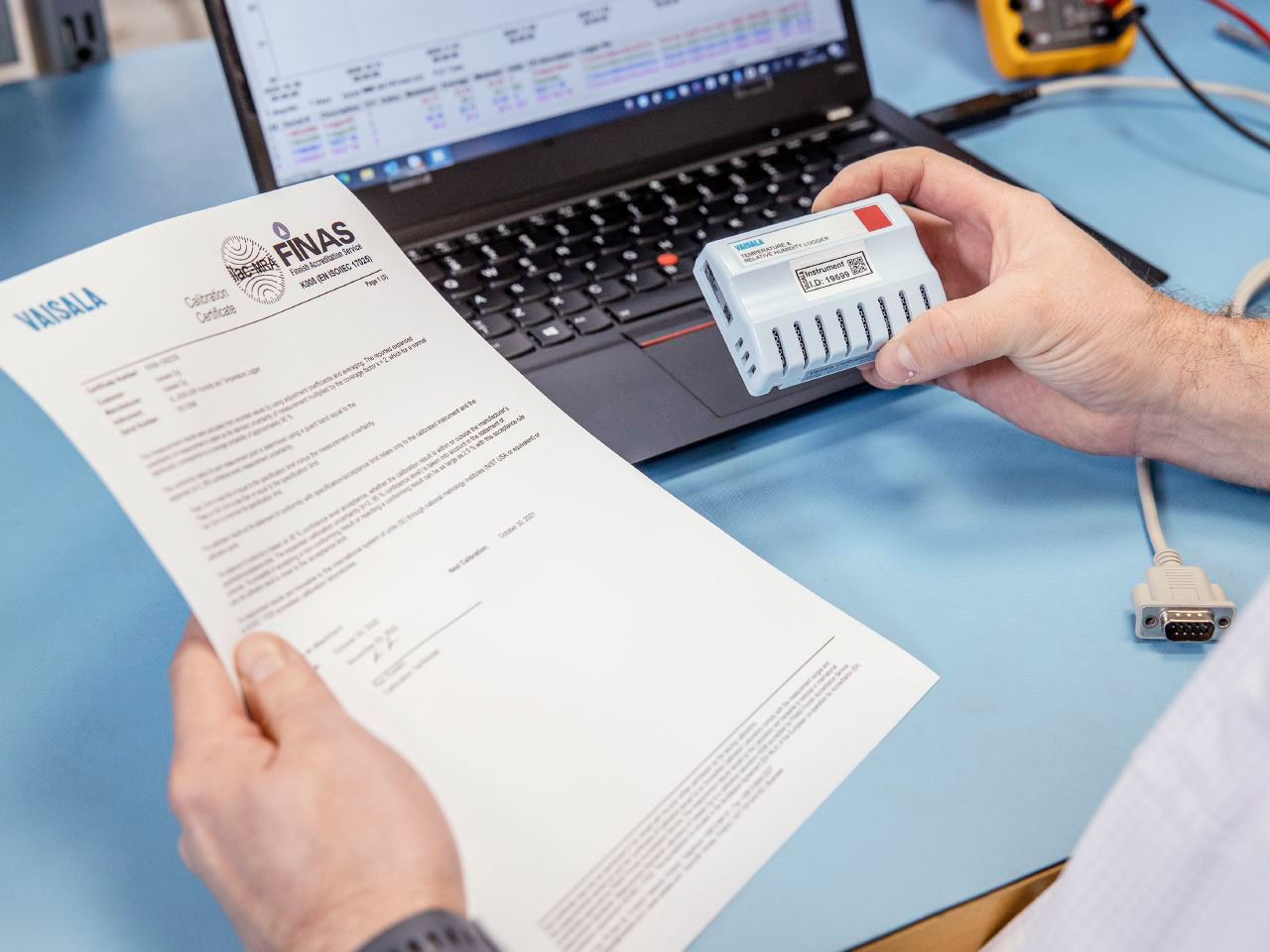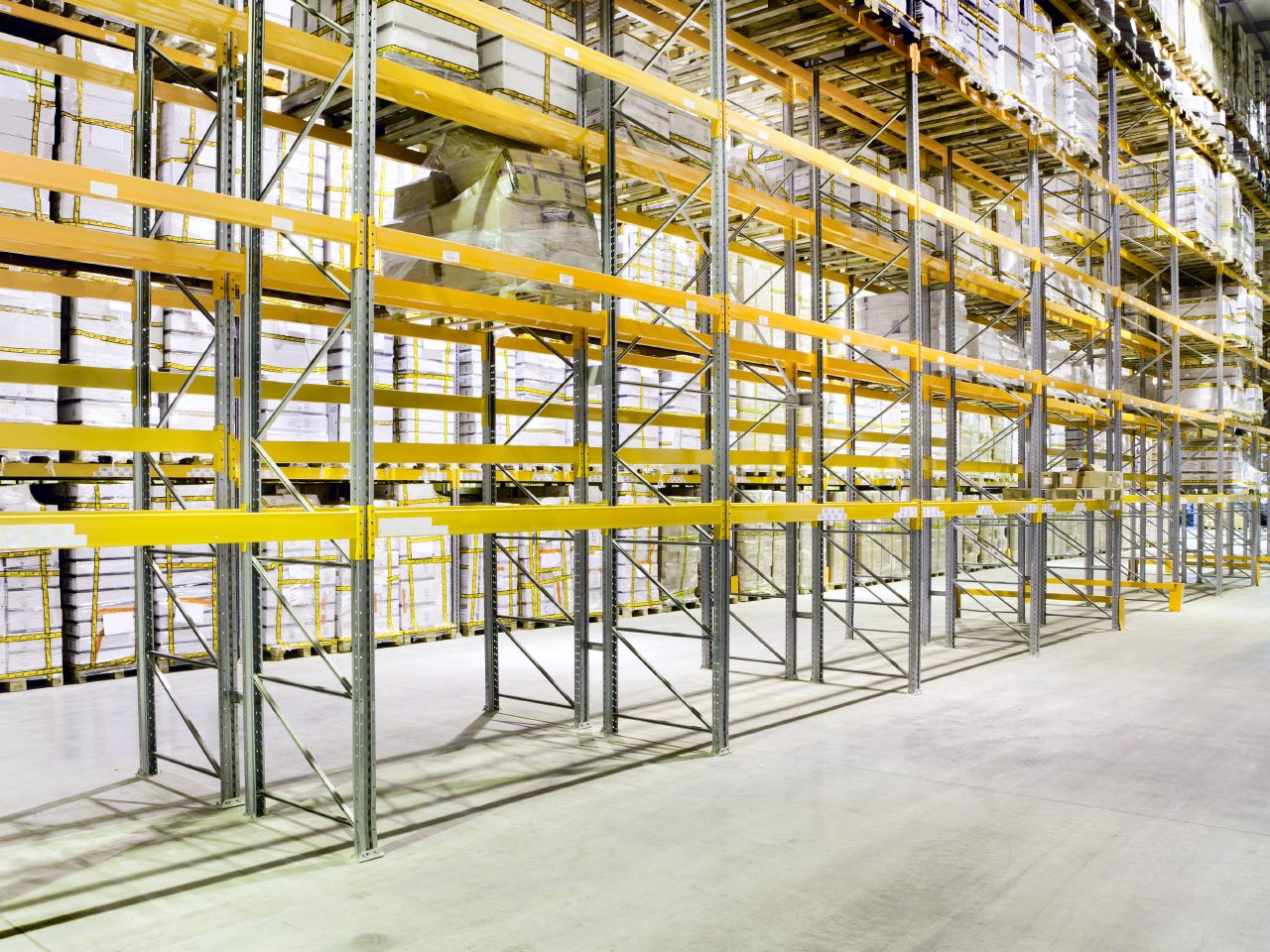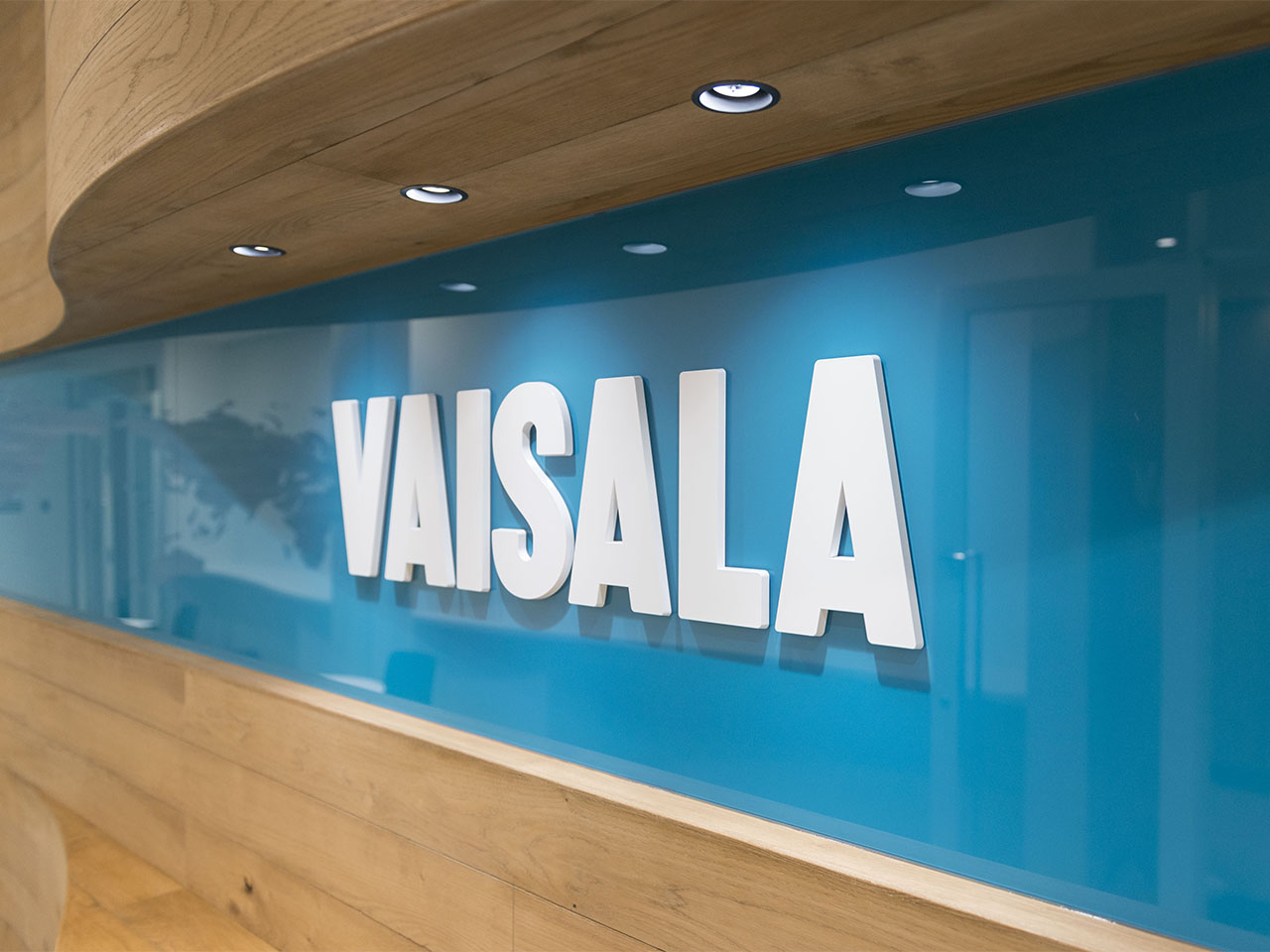World Metrology Day 2023: An interview with Heather Wade
In this blog, Vaisala Boston Service Center Manager Alberto Benitez interviews Heather Wade, of Heather Wade Group LLC about her recent work as senior editor of the 3rd edition of the “The ASQ Metrology Handbook.” ASQ stands for American Society for Quality and is committed to providing enhanced expertise, professional networks, tools, and solutions to help their members advance their products, services, and industries. The ASQ Metrology Handbook, Third Edition provides a foundation for understanding metrology as well as calibration principles and practices. Ms. Wade is an expert in Gap Analysis & Internal Audits, ISO/IEC 17025 Assessment Preparation and quality management system maintenance, as well as metrology training. The transcript below has been edited slightly for readability.
Alberto: Good morning and happy World Metrology Day! Today I have the pleasure of talking to Heather Wade, editor of the ASQ Metrology Handbook, Third edition. It’s a pleasure to be with you, Heather.
Heather: Thank you.
Alberto: Today I would like to get a bit of insight to the process of writing the book and also learn how you got started in the field of metrology. As well, because it is metrology day, maybe you can offer some advice for people considering metrology as a career. For instance, what career path should they choose and what are their options. Let's start with how started your own career in metrology.
Heather: Well, I stumbled into the field of metrology through a job posting in my company for a position that would serve the testing labs; that is, the physical engineering, the chemistry, and microbiological test labs. I had a background working in all of those different types of labs at different companies, so it was a natural fit. I have a love of details and getting things right.
Alberto: So, it was through years of work in metrology that you came to the point that you came to work on the ASQ handbook. What was the editor selection process like? In other words, how did it turn out that you were the lucky one asked to take on such a big task?
Heather: Like so many things at ASQ, I volunteered. The journey to becoming the editor of this edition of the Metrology Handbook was long and I had many wonderful mentors who helped along the way.
When I began in the world of metrology, I did not have any specific training in calibration. Instead, I learned who the gurus were and I sought them out as mentors. One of those gurus was Jay Bucher, who had been the editor and one of the main authors (among a host of co-authors) for the first and second editions of the Metrology Handbook. He had reached out to me for contributions to the second edition. So, I was very proud to have been one of the contributing authors of the second edition as well.
Alberto: It seems like a huge task; there is a lot to revise, but from what I’ve seen, you did a very thorough job! What do you consider the major changes to this third edition, versus first or second editions?
Heather: The latest edition was published in January of 2023 and the second edition was published in May of 2012. So, that's at least ten years between those publications. During that time, a lot has happened in the world of metrology. One of the major standards, ISO/IEC 17025, which are the General Requirements for the Competence of Testing and Calibration Laboratories, was updated in 2017. That update was a huge paradigm shift in the field, in terms of the expectations of laboratories that conform to the standard, regarding competence, risk, and impartiality. It was more output or outcome-based versus procedure-based or role-based.
Another update was a complete redefinition of the International System of units (SI units). These are base units and standards of measurements. You can see here I have a necklace that represents each base units of measurement in the SI. Examples of base units include: the Kilogram, the Ampere, the Kelvin, the Second, the Meter, the Mole. (I should really have these in front of me so I can list them all off!)
The kilogram was the last base unit of measurement that was still defined by a physical artifact. It was a hunk of platinum iridium metal in France. But all of the other base units had been realized based on natural physical constants. There has been a decades-long movement to figure out how to define the kilogram based on natural physical constants. We now have the Kibble balance that uses natural physical constants. So, with that redefinition of the kilogram, the components that go into defining that unit also affected the other base units. On May 20 of 2019, World Metrology Day that year, the new SI was unveiled. So those changes have also been incorporated and into the new ASQ handbook edition.
Alberto: Correct me if I am wrong, but one of the reasons behind updating the kilogram to natural physical constants was because the actual metal artifact was losing mass?
Heather: Yes, that’s true.
Alberto: So, we have new, more constant measures for the international system of units, and that drove in part the latest edition of the handbook. What are the other major changes? I am especially interested in Chapter 18, regarding software. Obviously, a lot has changed in software technology since the first edition came out.
Heather: Yes. This was very much a team effort. I am the editor so I reviewed every chapter, and I wrote a number of them, but I also had collaborating authors and contributors. Specifically on Chapter 18, we had Walter Nowocin and Georgia Harris contributing on software and software validation.
Alberto: Those topics are major concerns, especially now that things are more automated. It’s important to know how to maintain your data and also the validation of the data. Is there anything else that you would like to highlight from the book?
Heather: There's a new chapter on measurement risk and decision rules. Those are challenging topics in metrology, affecting calibration labs, the customers who receive calibrations and test reports, as well as the accrediting bodies and assessors. The issue of how we interpret and apply some of these clauses is important.
For example, there has been a continuous evolution in the understanding of and expectations around decision rules, defined in 17025 as how measurement uncertainty is accounted for in a decision from a statement of conformity. When somebody is making a pass or fail, in tolerance or out of tolerance, how is the inherent measurement uncertainty considered and accounted for? Uncertainty is always there and cannot be ignored.
Alberto: Yes, as we know, every measurement is wrong, it is only a matter of how wrong. I guess every lab has differences in how they deal with this and how this affects decision making. At Vaisala, we want the customer to get the data so that they can make the decision if this is a pass fail for their process. I’m really glad the handbook has more guidance in this. It is definitely something that we need to become more familiar with.
So, this is metrology day and I wanted ask, if a person is looking to get into the field of metrology, where would you advise they start? I know the ASQ handbook is pretty much the Bible when you take the certified calibration technician test. But where else do you suggest people can go to learn?
Heather: There are many organizations, including ASQ. I'm a past chair of the ASQ’s Measurement Quality Division (MQD). The whole mission if the MQD is to provide training, information, and resources for people in the world of measurements. That includes testing labs, calibration labs, and product manufacturers. ASQ provides training, but there are other organizations such as NCSL International, NIST is the National Institute of Standards and Technology in the US and they also offer a lot of training.
Manufacturers have also become quite expert, and like Vaisala, they offer trainings like webinars. With the Internet, you can find some wonderful resources, but you can also sometimes find some things that just are not true. It’s a question: how do you discern good information from bad information?
I recommend that people find the subject matter experts and reach out to them. Increase the size of your network. Find the experts, but also be willing to look at challenging points of view. I don’t mean scientifically false, but part of that is how do you discern what that is?
Alberto: Yes, there is a lot of wonderful free information on the Internet to be careful of. But, if you have a subject matter expert, they can help guide you through what is the right information versus incorrect information…
Heather: Starting at the level of national metrology institutes is a good bet. There are institutes such as the National Physical Laboratory (NPL) in the UK. They have some great online training and basic guides. Other top organizations in the world include ILAC, the international organisation for accreditation bodies, BIPM, the international Bureau of Weights and Measures. They have many resources.
For chemistry you have IUPAC, the International Union of Pure and Applied Chemistry, you have CITAC, the Cooperation on International Traceability in Analytical Chemistry, you have Euramet and Eurachem, just to name a few. There are several good organizations that provide training.
Unfortunately, it’s very spread out and very subject-related. So, if you go to a dimensional company, you are not necessarily going to get temperature and humidity sensors. Manufacturers specialize in what they manufacture.
Alberto: Yes. Once you go into the commercial sector, everybody has a specialty. For Vaisala, our focus is humidity and temperature measurements. We do many other measurements, but those are the parameters we probably sell the most.
So Heather, if somebody would like the new handbook to get started on a path to becoming a certified calibration technician, where can they get it?
Heather: Well, you can go to ASQ where it’s available in hard copy as well as the PDF eBook. I also sell the hard copy on my own website as well, (Heather Wade Group) and I’m happy to personally inscribe the hard copy for you! The URL is www.bettermeasurements.com, that may be easier to remember. There some pricing options. As an active ASQ member you get 30% off and I will match that price as well.
Alberto: As you mentioned, there were a lot of contributors. Are there any other contributors you would like to mention?
Heather: Absolutely. Henry Zumbrun of Morehouse Instrument Company contributed a fantastic chapter on force, and he has been very generous with his knowledge. We both share a common mentor in Dilip Shah, (Past division chair at ASQ MQD, President at E=mc3 Solutions) who is frequently referred to as The Uncertainty Guru. Henry and I have learned a lot under Dilip Shah’s mentorship.
Henry Zumbrun also greatly contributed to the chapters on measurement decision rules and measurement risk. He helped update the uncertainty chapter with input and guidance from Dilip Shah. So, Dilip is not listed as an author, but listed as a contributor in the acknowledgments.
Paul Keep of Keep Metrology Services also provided input to the Uncertainty chapter. Anthony Hamilton (Measurement Science Resource LLC) provided information on procedures for certificates and on the fundamentals of running a calibration lab. Georgia Harris, I think I had mentioned Walter Nowocin. Pamela Wright, who used to be running the training at a major accreditation body’s training division and now has her own training company. She provided input and content for the training and competency chapter. We had many reviewers and other contributors from this. So, Michael Lombardi, Val Miller, Mark Ruefenacht, who does a lot of work with NIST as well as many of his other jobs.
Alberto: That sounds like a real dream team!
Heather: Yes! We had Sherry Masarek and Heather Sandoe help as well. Jane Weitzel, whom I have the pleasure of working with in a number of capacities, including with the US Pharmacopeia Expert Committee on Measurement and Data Quality. She and I co-wrote the handbook’s chapter on chemistry, chemical and microbiological measurements, and uncertainties. That is a huge field and new addition to this latest edition of the ASQ metrology handbook.
Alberto: That is a field that I have no expertise in – microbiology! Well Heather, I thank you for your time today! It was an honor!
Heather: Thank you, Alberto!
Alberto: I recommend the handbook; let’s start improving our measurement systems! Any other final words?
Heather: I should say that this third edition is a significantly larger book than the second edition. So, practice proper lifting technique: remember to keep it close to your body, use your legs, engage your core, and just keep learning, Keep exploring and follow your passion!
Alberto: And you also have a nice slogan in your company: “Pain relief for your measurement headaches”.
Heather: Yes, that is for my consulting work. But my hope is that the new handbook book will provide some “measurement pain relief” as well.
Alberto: Well, thank you, Heather, and happy World Metrology day!
Heather: Thank you, Alberto.





Add new comment